Electro-hypersensitivity is a “major public health issue,” said a meeting of doctors and scientists in Paris Feb. 11. But others scoff at such claims, one critic labeling them “pseudo-science, quackery and hysteria.” Governments, schools, most media are on sidelines.
|
|
Christopher Taylor, director of radio frequency and wireless components, Strategic Analytics, Newton, Mass., has expressed doubt about the dangers of Wi-Fi at sessions at the Ashland, Mass., public library and in the Ashland Town News.
“Scientific literature published to date does not furnish any compelling data showing adverse effects” from consumer wireless equipment, he wrote in the December issue of the monthly Ashland Town News.
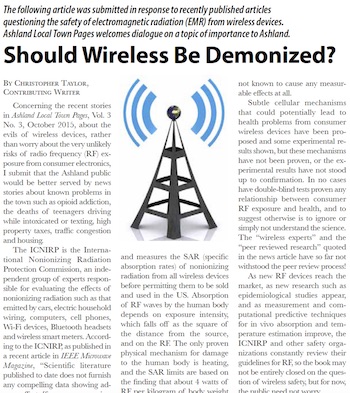 Taylor, who has a degree in physics and who has attended all six of library’s meetings on electro-magnetic fields that ran from last October to Feb. 11, quoted from the International Non-ionizing Radiation Protection Commission.
Taylor, who has a degree in physics and who has attended all six of library’s meetings on electro-magnetic fields that ran from last October to Feb. 11, quoted from the International Non-ionizing Radiation Protection Commission.
He described it as an independent group of experts who evaluate the effects of non-ionizing radiation from cars, electric household wiring, computers, cellphones, wireless utility meters, Wi-Fi devices, and Bluetooth headsets.
WHO Finds No Proven Ill Effects
The World Health Organization has come to a similar conclusion and has posted it on its site, he added. WHO concludes that “No adverse health effects have been established as being caused by mobile phone use.” The matter is still under investigation, WHO notes.
Taylor says the Federal Communication Commission imposes limits on the specific absorption rates of non-ionizing radiation from all wireless devices before allowing them to be sold. “The only proven physical mechanism for damage to the human body is heating,” he wrote in the Ashland News. A very high exposure to radiation would be needed to raise the temperature of the human body by even one degree, he said.
“Subtle cellular mechanisms that could potentially lead to health problems from wireless devices have been proposed and some experimental results have been shown but these mechanisms have not been proven, or the experimental results have not stood up to confirmation,” he adds.
Ashland Library Hosts Film on Wi-Fi
Nine residents on Feb. 11 viewed a film at the Ashland Library called “Resonance: Beings of Frequency.” It says it is the first documentary to investigate the actual mechanisms by which cellphone technology can cause cancer. Series coordinator is David Whitty. Among attendees was Cecilia Doucette, radio frequency health advocate, who said exposure such radiation should be minimized.
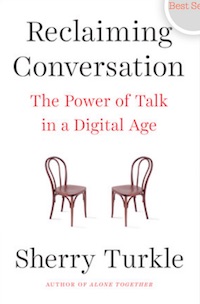 Residents with the exception of Taylor agreed that there may be truth to charges that radiation from Wi-Fi and other sources may be damaging to health.
Residents with the exception of Taylor agreed that there may be truth to charges that radiation from Wi-Fi and other sources may be damaging to health.
George Eastman, Ed, Ph.D., a clinical psychologist who was among those present, said he has always avoided use of cellphones. He felt the film was an accurate description of the dangers of the many sources of radiation and called it, “A serious problem.” He recommended the book, Reclaiming Conversation by Sherry Turkel.
Health Topic Absent from NYU Confab
The replacement of 7,500 outdoor telephones pedestals in New York City with Wi-Fi terminals by Sidewalk Labs was discussed by CEO Dan Doctoroff Feb. 10 at the Center for Urban Science & Progress, Brooklyn. No mention was made of possible dangers to the health of users and passersby. The terminals extend Wi-Fi capability up to 400 feet.
|
|
The hour-long program consisted of a 50-minute talk by Doctoroff after which he limited questions to three, saying he had to go to a meeting.
A called initially was told that the meeting would consist of a half-hour talk by Doctoroff followed by a Q&A. In the new format, his appearance was listed as an “academic lecture.” A videotape will be available about seven days after the event, said Kim Alfred, CUSP associate director, external relations.
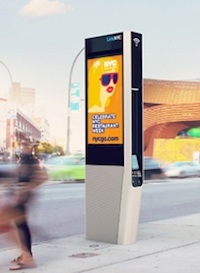 Doctoroff spoke disparagingly of the current pay phone terminals, saying about the only people who use them are “drug dealers.” Virtually everyone in the near future will have “smart phones,” he said.
Doctoroff spoke disparagingly of the current pay phone terminals, saying about the only people who use them are “drug dealers.” Virtually everyone in the near future will have “smart phones,” he said.
Old-Style Phone Booths Defended
A stout defense of telephone booths appeared in the New York Times the next day under the headline, “During the Age of Mobile, Saving Stationary Relics on the Upper West Side.”
It quoted residents as saying they still used the four remaining old-style phone booths. They convinced Intersection, the Google-founded company that is putting in the new Wi-Fi terminals at a cost of about $200 million to keep four of the booths.
Critics of the Wi-Fi terminals say they emit a dangerous level of electro-magnetic radiation They are petitioning the New York Attorney General and New York State Dept. of Technology and Telecommunications, saying the terminals violate the Americans with Disabilities Act, New York City Human Rights Law and New York State Human Rights Law by subjecting passersby to unwanted and unhealthy radiation.
Another criticism of the new terminals is that they provide no privacy at all since users speak into a mic in the installations. They only thing users touch is a telephone keyboard.
There is no protection from rain, snow, wind and cold which the telephone booths provided for many years, residents also said.
The nine-and-a-half foot terminals, which are about a foot thick, carry constantly-changing digital ads on booth sides that are four-feet, seven inches high by the four-foot width of the terminals.
“What we are getting is 7,500 high-tech billboards,” said one resident. Doctoroff told the Feb. 10 session that the terminals will generate “hundreds of millions” of ad revenues each year so the city can provide additional services.
The terminals, called “quite elegant,” are just “a little bit” of what Sidewalk Labs intends to do to improve the “connectivity” of residents, said Doctoroff.
Sidewalk Labs Wants to Improve “Livability”
|
|
A goal of Sidewalk Labs is to improve the “quality of life” of residents, he said. One of the company’s tasks is to “bridge the gap” between the technologists and urban planners.
Families, which spend about $9,000 yearly on their cars, should explore the possibility of sharing a car with another family, he said. That would result in a yearly savings of about $4,500. This would be a major saving since the average American family only has income of about $50,000 yearly, he noted.
The first SL terminal is already in operation at the corner of 15th st. and First ave. It was described in the Jan. 25 New Yorker.
EMF Safety Network says that “Wireless disrupts cellular communications, damages immune and nervous systems, desynchronizes brain and heart rhythms, and causes headaches, sleep problems, ringing in the ears, anxiety and a host of other health problems.”

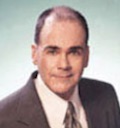
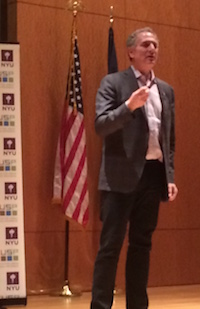

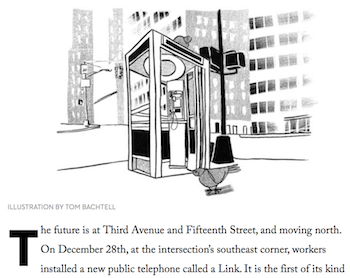

 Lo Isidro, senior director at Real Chemistry with more than a decade of strategic communications and PA experience, has joined Narrative Strategies.
Lo Isidro, senior director at Real Chemistry with more than a decade of strategic communications and PA experience, has joined Narrative Strategies. Nelson Fernandez, former North American chair of APCO Worldwide and managing director of Burson-Marsteller, has joined Volunteers in Medicine Berkshires as director of communications and PA.
Nelson Fernandez, former North American chair of APCO Worldwide and managing director of Burson-Marsteller, has joined Volunteers in Medicine Berkshires as director of communications and PA. Lilit Bargar, who was most recently an EVP in the healthcare practice at Weber Shandwick, comes on board at GCI Health as EVP, corporate practice lead.
Lilit Bargar, who was most recently an EVP in the healthcare practice at Weber Shandwick, comes on board at GCI Health as EVP, corporate practice lead.
 Five ways that successful thought leaders are made.
Five ways that successful thought leaders are made.


 Have a comment? Send it to
Have a comment? Send it to 
No comments have been submitted for this story yet.